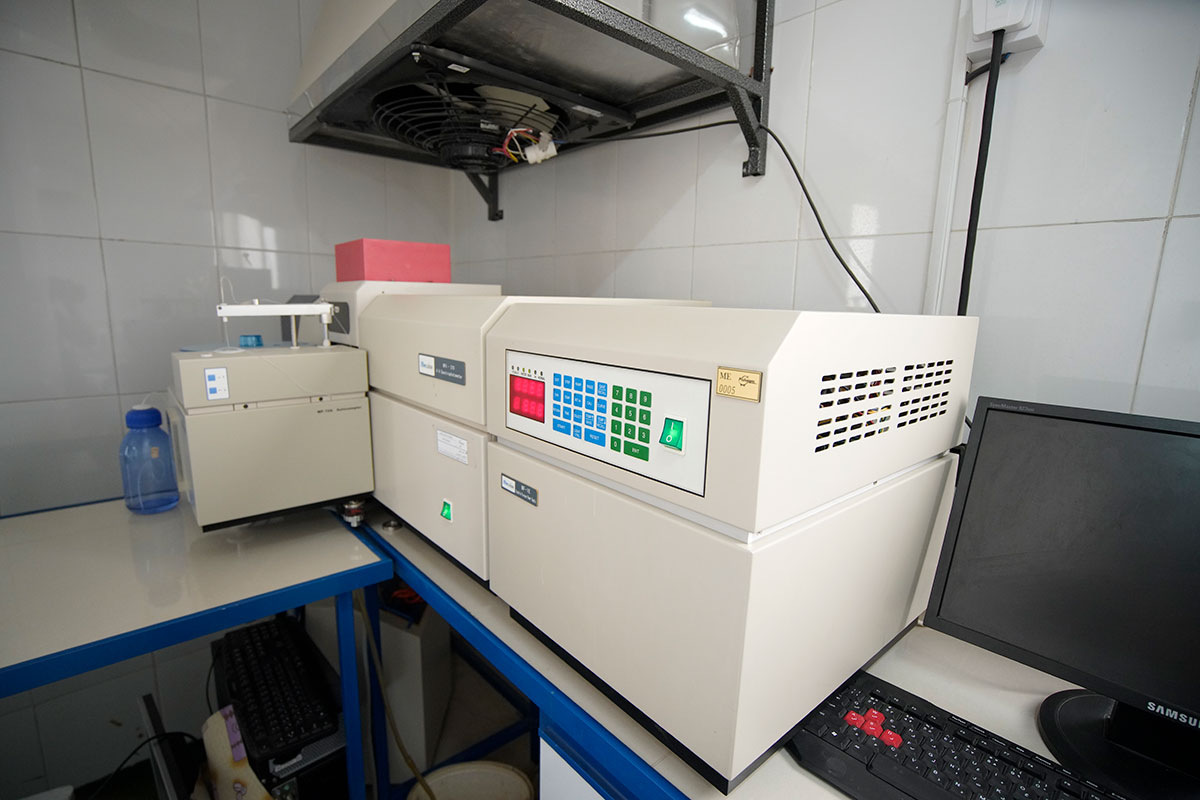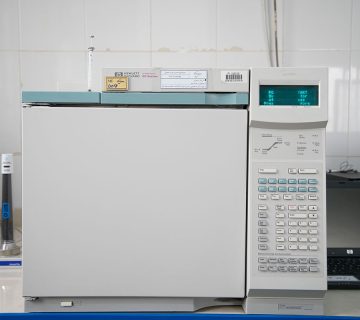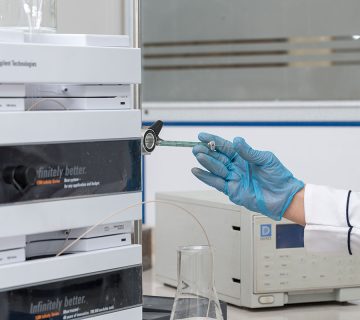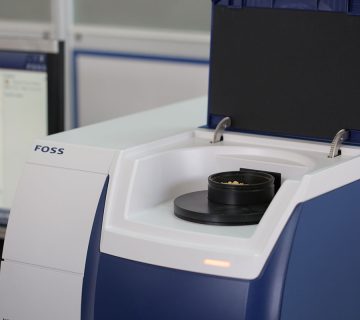The atomic absorption device is an analytical equipment used to analyze a wide range of metals in the laboratory. The determination of element concentrations in Atomic Absorption Spectrometry is based on measuring the amount of light absorbed by the atoms of that element. Atomic absorption spectroscopy is usually used in the laboratory to analyze heavy metals present in the analyte to assess the quality of the material in question. The detection accuracy of metallic elements in the atomic absorption device with the flame technique is at the ppm level, and with the furnace and hydride generator techniques, it is at the ppb level.
The operation of the atomic absorption device is based on spectroscopy and determines the presence of chemical elements in materials by measuring light absorption in the gas state. In the laboratory of Pishgam Damparvar Sepahan, the atomic absorption device has the capability to determine 14 types of elements. The atomic absorption device is used to measure elements in water and food substances in parts per million and parts per billion.
The atomic absorption spectrometry section at Pishgam Damparvar Sepahan Company is equipped with an atomic absorption spectrometer that includes flame, graphite furnace, hydride generation, and cold vapor modes. The spectrometer consists of three main parts: the light source, atomizer, and detector.
Elements measurable in the Atomic Absorption Spectroscopy (AAS) laboratory at Pishgam Damparvar Sepahan include:
(Co) Cobalt | (Zn)Zinc | (Fe)Iron | (Cu)Copper 5 |
(Cr) Chromium | Tin (Sn) | Selenium (Se) | Manganese (Mn) |
Arsenic (As) | Lead (Pb) | Mercury (Hg) | Barium (Ba) |
Calcium (Ca) | Magnesium (Mg) |
 Русский
Русский فارسی
فارسی English
English 简体中文
简体中文 العربية
العربية





بدون دیدگاه